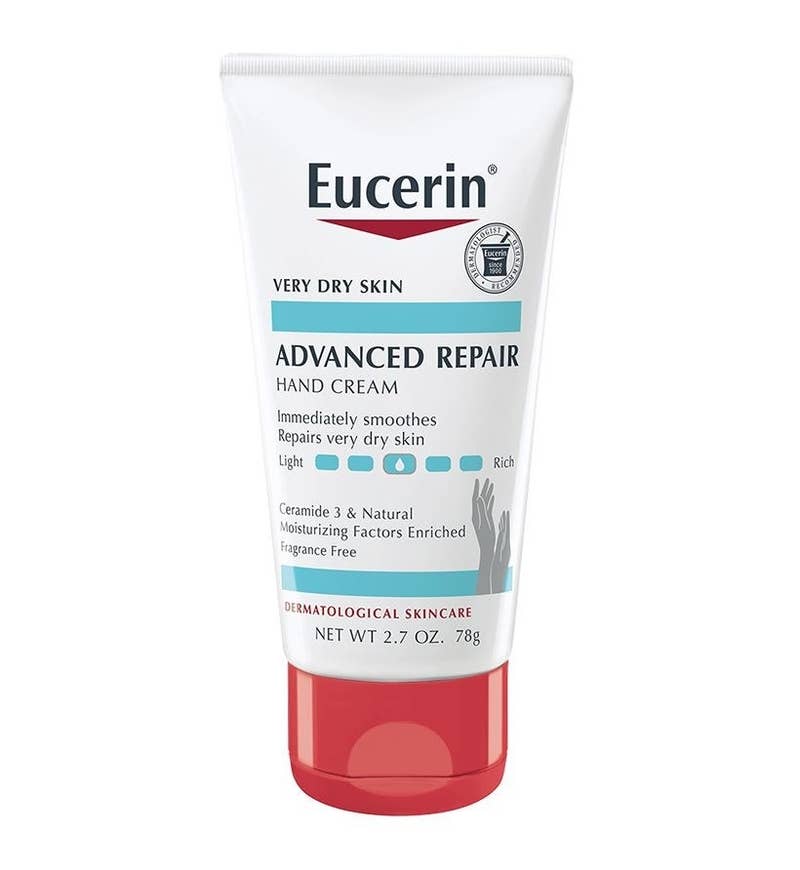SKINCARE AT HOME WITH DR. MELANIE PALM:
I have had an influx of media requests of late regarding skincare. Many of us are experiencing a different rhythm of life, with more time at home. We are tidying up, taking account of things, and wishing for months to come. Skincare is no exception in these thoughts. Many of us are rifling through our medicine cabinets and bathroom drawers, taking stock of skincare – recent purchases and re-evaluating old favorites. I just did that this weekend with my own bathroom, sharing with viewers on my Instagram account my current regimen, and absolute favorite pigmentation-busting topical and oral supplements for combating melasma:
I thought I would assemble some of the question and answer to frequently asked questions (FAQs) put together for beauty editors across the nation:
BUZZFEED: Hand creams to use during COVID-19
I spoke with Buzzfeed recently to lend to their story: https://www.buzzfeed.com/melanie_aman/best-derm-recommended-hand-creams
What should we be looking for in a moisturizing hand cream?
The thicker the formulation, in general, the better the base of a hand cream performs. Therefore, the vehicle of the hand cream matters, meaning an ointment base is typically more moisturizing than a cream, which is better than a lotion, which in turn is more moisturizing than a gel.
Ingredients matter a lot for moisturizing hand creams, but more on that in the next response…
In general, patients love formulations that absorb quickly but last for a long time. A non-tacky feel is important. A good hand cream should be therapeutic, not just moisturizing. It should help to repair the skin’s barrier function.
https://www.instagram.com/p/B-PgkiJDAeA/?hl=en
-
Are there any specific ingredients we want/don’t want in our hand cream?
In terms of ingredients, I look for 1. Moisturizing agents, 2. Therapeutic ingredients that repair the skin barrier, and 3. An absence of unnecessary fragrances or common ingredients that cause contact allergies. If someone needs a moisturizer that works in a sunny or bright climate, then may consider a topical moisturizer for hands that even has a built-in SPF, especially from a physical sunscreen agent such as zinc oxide.
For moisturizing agents, I look for ingredients like squalane, glycerin, and water.
For therapeutic agents, I look for skin barrier repair-ers such as ceramides, natural moisturizing factor, and triglycerides. These are particularly helpful for patients suffering from eczema (atopic dermatitis). Ingredients like lactic acid or urea can help soften roughness. Recovering the skin microbiome is a hot topic…our skin naturally has good bacteria that is in a certain balance for different areas of the body. To restore the natural skin microbiome of the skin, look for labeling that indicates this. Depending on the technology and patented ingredients, this may vary from a denser mineral content of water that creates a proper balance for “good” bacteria, to fermentation products or sugar molecules (oligosaccharides) that act as probiotics to encourage good bacteria growth.
-
What hand cream do you use/love/recommend and why?
La Roche-Posay Toleriane Double Repair Moisturizer: contains prebiotic mineral water to restore the skin’s natural microbiome on the hands, while moisturizing and repairing ingredients such as ceramide-3 and glycerin act to support normal skin barrier function. This line is known as kind to sensitive skin, and is free of fragrance and parabens.
Eucerin Advanced Repair Hand Cream: The company performed head-to-head clinical studies against other derm favorites (including mine) – Cetaphil and CeraVe. The Eucerin product provided sustained moisture barrier function, and is chalk full of moisturizing agents, skin barrier repair ingredients (ceramide-3, natural moisturizing factor) and even contains lactic acid and urea to soften skin. It provides effective moisture but not leave hands feeling greasy post-application.
AEdit.com: Skincare during COVID-19 and Coronavirus Outbreak
Recently I was asked as one of 7 Skin Experts to Share my At-Home Skincare regimen. You can read the story here, and here are some of my answers to their burning skincare questions:
-
For people who are used to getting regular facials, chemical peels, or other professional treatments, what steps can they take at home to maintain their skin health during a time like this?
It is easy to get bored at home and without access to your dermatologist or aesthetician, be tempted to experiment with your own DIY skincare procedures or products. My advice to this activity would be…don’t’ do it!
One plus is that shelter-in-home orders will greatly reduce your skin’s exposure to environmental pollutants and UV exposure. However, there are some great tools that are likely already in your medicine cabinet or beauty drawer that can be utilized now at home. Starting these simple practices now are much more likely to yield a lasting practice that will benefit your skin once you return to your new normal.
Rather than experimenting with unknown masks or yet to be tried chemical peels, which have a much higher chance of causing skin irritation or a contact allergy, consider your cleansing routine and how you can amend it to allow skin to breathe and absorb other skincare products more readily. If you have a sonicating brush cleansing device, like Mia Smart by Clarisonic, consider using that with the appropriate brush head to cleanse skin more thoroughly. Your skin won’t be exposed as much to the elements, so might be time to reintroduce that retinol or retinoid topically into your nighttime skincare routine so skin is spring-time ready.
Most importantly, before you start your skincare routine, it is extremely important that you wash your hands thoroughly for 20-30 seconds before touching your face in order to minimize exposure to coronavirus.
-
Are there any particular practices (ex. doing regular masks, using at-home devices, facial massages, etc.) you would recommend patients incorporate into their routines?
If you have had success with at home peels or masks, by all means this is the time to get on a weekly or biweekly routine of regularly introducing these into your skincare routine. With physicians not being readily available due to national emergency guidelines for essential care, I would not advice experimenting with unknown or high concentration masks and peels. If you get burned, you will have limited access to dermatologic care, and going to an urgent care would further clog the health care system and expose you to undue risk of the coronavirus.
Sometimes although we love at-home devices, we forget about them and they fall out of habit. Now is the time at home to re-charge your skincare devices, and put them to use.
Two of my favorite at home devices are the Clarisonic Mia Smart and the NuFace devices. Clarisonic’s Mia Smart is the newest generation at ultrasonic cleansing devices and comes with all the tech bells and whistles you will be craving while at home. The device can be connected wirelessly to your smartphone so that personalized routines are developed. A variety of treatment heads are available to clean skin more thoroughly than washing alone, exfoliate winter dead skin cells, depuff the eye area, and even to blend makeup for an airbrushed finish.
NuFace is a microcurrent device used to improve to tone skin and improve the appearance of fine lines and wrinkles. The NuFace Trinity device can be used over about a 3 minute session daily to firm the jawline, sculpt the cheekbones, and improve the eye area. Separate attachments allow for treatment of the mouth and eye area. Starting this good habit now with more free time at home is likely to enforce a good habit upon return to a more regular schedule when only maintenance therapies with NuFace are necessary.
-
Washing your hands and not touching your face are two of the big tips for not spreading germs and disease. What positive effects does not touching your face have on the skin?
Yes, the first part of this question is the biggest benefit of behavior in washing your face. Bacteria, viruses, and even fungus can be passed from your hand to your face, and touching around your nose, mouth, and eyes in particular can lead to transmission of these infective microbes.
Skin in different areas of our body have separate microbiomes – a unique set and proportion of “good” bacteria and yeast that can serve hand skin differently than from the face. Avoiding touching with your hands may decrease disturbance or transmission of one skin microbiome to another.
Finally, giving your hands a rest, especially with current standards of more frequent hand washing, is likely to help parched skin of your hands and give them much needed rest and recuperation from hot water temperatures and cleansers in addition to necessary hand washing.
https://www.instagram.com/tv/B9-Rs0_JguN/?hl=en
-
What benefits might people see who are working from home or self-quarantining and not wearing as much makeup as they normally would?
A few benefits arise from not wearing as much makeup. Layers of makeup are more likely to clog pores and hair follicles; therefore, less makeup may mean clearer skin and less apparent comedones or blackheads.
Some sensitive skin types may have a hard time wearing makeup in the first place, so less makeup coverage may make irritation or contact allergic reactions from cosmetics less likely.
Cosmetics used beyond the recommend usage date could breed bacterial contamination. If someone has been neglecting updating their mascara or foundation, a rest from makeup may pose less of a risk of a skin or eye infection.
One important note, some makeups, especially mineral-based ones, supply excellent sun protection with anti-inflammatory properties. If this is the makeup you use, make sure you are still using a tinted sunscreen or physical sunblock even if inside. UV, high energy visible light, infrared light, and blue light exist even indoors and your skin should be protected!
-
Stress and anxiety are thought to have a negative impact on the skin. What effects can stress have on the skin? Do you have any tips for patients trying to counteract those effects at home?
Stress spikes cortisol and can create an even more acidic environment on the skin. This can lead to overgrowth of yeast on the skin, leading to seborrheic dermatitis (facial dandruff) or perioral dermatitis. Stress increases even anabolic steroid production by the body, so hormonal breakouts are more likely. Stress also may flare sensitive skin, eczema, and rosacea, making all of these conditions
Treating these changes on the skin starts with curtailing the sources of the skin changes…managing your stress! Take a meditation course on your smartphone, practice deep breathing, get some exercise or something that brings you pleasure. More specifically to the skin, consider regular cleansing with a highly effective tool like a Clarisonic device to more effectively remove cellular debris, yeast, and makeup. If skin is irritated, switch to a sensitive skin treatment head. Consider adding a topical antioxidant to your routine in the morning, and consider something with topical niacinamide in the ingredient list to soothe and calm facial skin.
For more information on skincare, skincare devices, medical conditions such as eczema or rosacea, contact Art of Skin MD at 858.792.7546 or through email at info@artofskinmd.com



